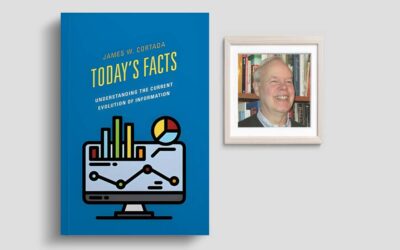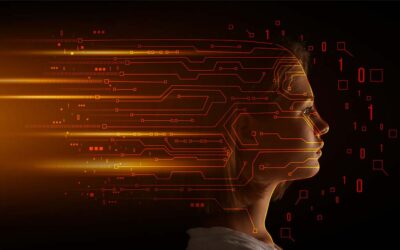Creating Infographics: Tips for Librarians
Lauren Hays
According to Lexico, an infographic (or information graphic) is “a visual representation of information or data”. It is a combination of the terms information and graphic.
Personally, I have found infographics to be a very useful way of communicating information. I have used them to explain a topic such as a systematic review, about new technology resources that are available, and as a step-by-step guide for how to navigate a webpage. There are many different types of infographics and some have more pictures than words while others are more focused on the words. Example infographics can be seen here. This site includes categories such as maps, timelines, flowcharts, comparisons, business, and resume.
If you are interested in creating infographics here are my tips:
- Identify a topic you want library users to know more about
- Determine how that topic can be broken into small chunks of information
- Consider your audience, what do they need to know?
- Use templates
- Tools to create infographics:
- Align visuals and content
- Pay attention to color choices and make sure the information is readable
- Do not crowd content, stick to the most important pieces of information
Above I shared a few examples of how I have used infographics and you can see the examples from Adobe, but I also want to share some ideas for library specific infographics:
- Library services: how your support your organization
- Library resources: what resources you have available
- Library annual report or any report data
- New services or resources you want to advertise
- Library instruction offerings
- Researching tips
- How to use a database
- Google tips
You can see specific library infographics on the site Library Design Share.
If you have not explored using infographics, I hope you take time to explore the options and think about using them as a communication tool.
Lauren Hays
Lauren Hays, PhD, is an Assistant Professor of Instructional Technology at the University of Central Missouri, and a frequent presenter on topics related to libraries and librarianship. Her expertise includes information literacy, educational technology, and library and information science education. Please read Lauren’s other posts relevant to special librarians. And take a look at Lucidea’s powerful integrated library systems, SydneyEnterprise, and GeniePlus used daily by innovative special librarians in libraries of all types, sizes and budgets.
Never miss another post. Subscribe today!
Similar Posts
The Importance of Professional Networking: Tips for Special Librarians
For many special librarians, the idea of professional networking can feel daunting, especially for those who thrive in quiet, research-driven environments. Lauren Hays shares her journey from reluctant networker to engaged community member, offering practical tips to help you build authentic professional relationships that benefit both you and your field.
Interview with the Author: Jim Cortada on Today’s Facts and the Evolution of Information
Dr. James Cortada, historian and senior research fellow at the Charles Babbage Institute, explores the history of information in his forthcoming book. By examining how information has been created, organized, and used over time, Cortada reveals patterns that continue to shape modern librarianship and knowledge management.
The Complicated Feelings Librarians May Have About AI
GenAI will affect how we do our work and the type(s) of work we engage in. In navigating the transformative potential of GenAI, we should engage in reflective practice that centers on our core professional values.
Recommended AI Literacy Frameworks for Special Librarians
These frameworks provide insights and approaches to help you determine the best ways to address build and promote AI literacy in your specific context.




Leave a Comment
Comments are reviewed and must adhere to our comments policy.
0 Comments